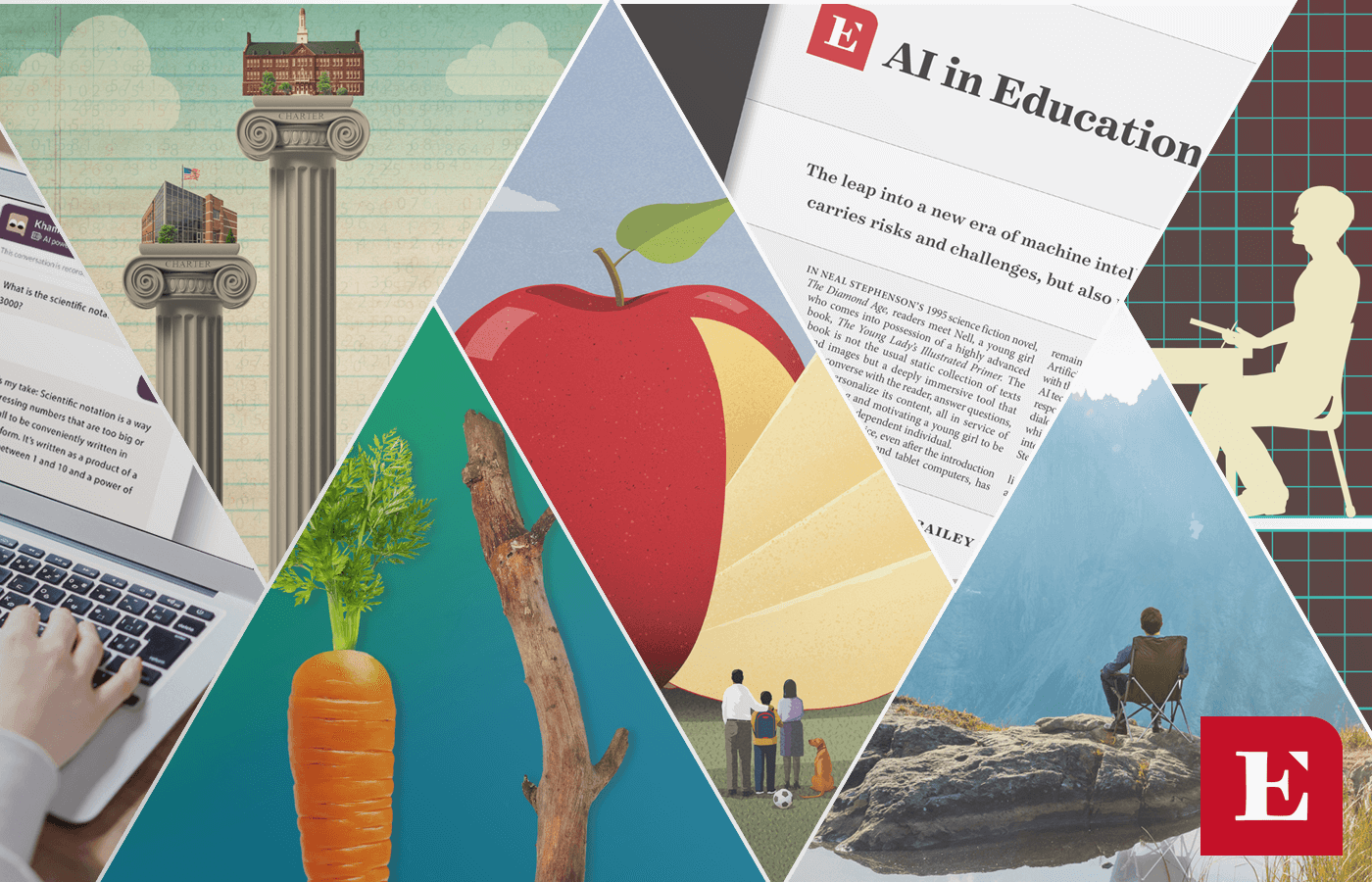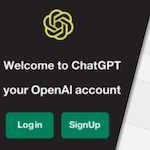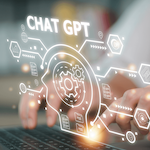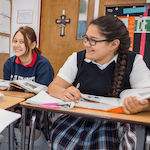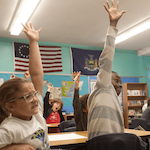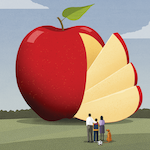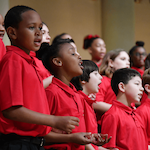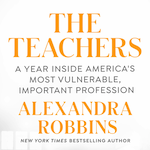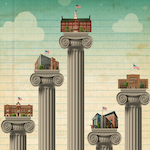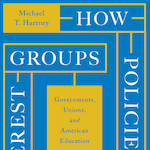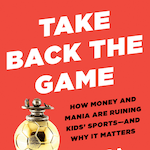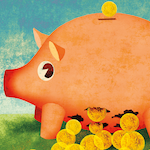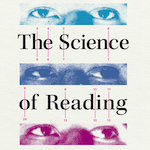While in some respects, 2023 felt like the year when life finally returned to normal after the devastating Covid-19 pandemic, in reality the recovery has only just begun and will continue into the foreseeable future. This is especially true in education, where the effects of pandemic-era school closures, learning loss, mental health crises, and federal spending will impact an entire generation of students and educators. Scarcely an article published by Education Next this year didn’t contain some mention of the pandemic, the fallout, or the uncertain educational landscape we find ourselves in as a result.
Indeed, the second most-read article of the year (to the pleasant surprise of everyone at our publication) had student achievement expert Tom Loveless decrying the skewed priorities of the new California Math Framework as a local problem with national implications for the plummeting math performance among American K–12 students. Education writer Wayne D’Orio’s report on student behavior resonated with readers who seek better solutions for responding to the trend of worsening misconduct in schools. And Doug Lemov, who last year claimed the most-read crown with his article on cell phones in schools, gave another brilliant turn in 2023 with a flashing-red warning about the repercussions of declining expectations and rising parity in schools on our national security.
From one disruptive event to another, the explosion of ChatGPT and other generative-AI tools onto the scene was also top of mind among our contributors and readers. As highlighted in our companion Top 10 Blog Posts of 2023, the burgeoning technology of artificial intelligence is already causing a paradigm shift among education experts, who are struggling to stay abreast of developments and integrate them appropriately. For this reason, John Bailey’s tremendously helpful primer on AI quickly became the most-viewed Education Next article in 2023. Bailey dispels some fears, acknowledges some challenges, and voices much genuine excitement about the potential of AI in education. As he related to senior editor Paul E. Peterson, “Think of it as a very smart, eager-to-please intern.”
The full top 20 list is here:
1. AI in Education
The leap into a new era of machine intelligence carries risks and challenges, but also plenty of promise
By John Bailey
2. California’s New Math Framework Doesn’t Add Up
It would place Golden State 6th graders years behind the rest of the world—and could eventually skew education in the rest of the U.S., too
By Tom Loveless
3. To Fix Students’ Bad Behavior, Stop Punishing Them
Collaborative methods for handling misconduct make their way to the classroom
By Wayne D’Orio
4. To Teach Better Writing, Don’t Ban Artificial Intelligence. Instead, Embrace it.
By inviting ChatGPT into the classroom instead of locking it out, schools can push students toward independent thinking in a way that doesn’t signal mistrust.
By Michael B. Horn and Daniel Curtis
5. PISA: Mission Failure
With so much evidence from student testing, why do education systems continue to struggle?
By Montese Gomendio
6. Your Neighborhood School Is a National Security Risk
Student achievement and merit are losing prospects in the era of “everybody wins”
By Doug Lemov
7. Supreme Court Opens a Path to Religious Charter Schools
But the trail ahead holds twists and turns
By Nicole Stelle Garnett
8. Apprenticeships on the Rise
A burgeoning alternative challenges the college-for-all mentality
By Patrick O’Donnell
9. Student Loan Payment Pause Benefits High-Income Households the Most
With forgiveness uncertain, struggling borrowers are unprotected from risk
By Diego Briones, Eileen Powell and Sarah Turner
10. Gifted and Talented Programs Don’t Cause School Segregation
Uneven enrollments, but minor impacts on racial separation
By Owen Thompson
11. The Great Unbundling
Is the parents’ rights movement opening a new frontier in school choice?
By Joseph Olchefske and Steven Adamowski
12. Wisconsin’s Act 10, Flexible Pay, and the Impact on Teacher Labor Markets
Student test scores rise in flexible-pay districts. So does a gender gap for teacher compensation.
By Barbara Biasi
13. The Fine Art of School Engagement
How expanding arts education affects learning, behavior, and social-emotional growth
By Daniel H. Bowen and Brian Kisida
14. A Distorted Lens on the Teaching Profession
Though a few themes do ring particularly true
By Daniel Buck
15. The Nation’s Charter Report Card
First-ever state ranking of charter student performance on the National Assessment of Educational Progress
By Paul E. Peterson and M. Danish Shakeel
16. Comparing Online and AI-Assisted Learning: A Student’s View
An 8th grader reviews traditional Khan Academy and its AI-powered tutor, Khanmigo
By Daphne Goldstein
17. How Teachers Unions Became a Political Powerhouse
A nuanced look at the role of unions in education policy
By Daniel DiSalvo
18. Resisting the Youth Sports Industrial Complex
Children’s sports are corrupted, but parents don’t have to play along
By Jonathan V. Last
19. As Many More States Enact Education Savings Accounts, Implementation Challenges Abound
ESAs increase choice for families but leave administrators asking: Are pizza ovens, pianos permitted expenses?
By Caroline Hendrie
20. The Evolving Science of How We Read
Survey has lots about eye-movement measurement, less about comprehension
By Natalie Wexler


